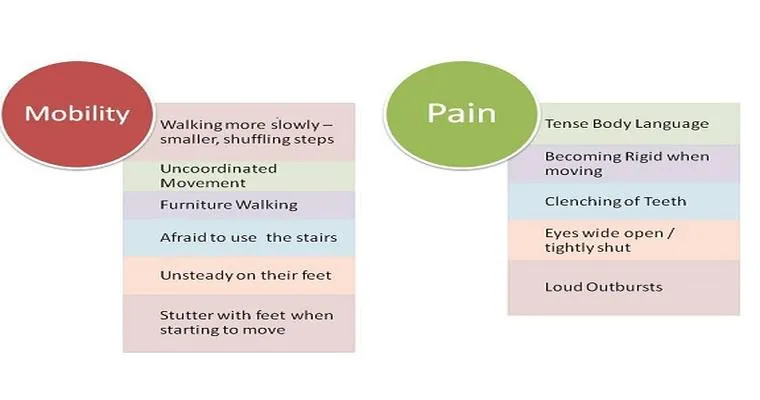Wandering is a common behavior among "dementia patients" that can pose significant risks to their safety and well-being. Understanding how to effectively manage this behavior is crucial for caregivers and family members. In this article, we will explore several strategies to help prevent wandering and ensure a secure environment for those living with dementia.
One of the first steps in addressing wandering is to identify the "triggers" that may lead to this behavior. Changes in routine, boredom, or discomfort can often prompt a dementia patient to wander. Maintaining a consistent daily schedule can provide a sense of stability and reduce anxiety, which in turn can minimize the urge to roam. Engage them in stimulating activities that cater to their interests, which can also help keep their minds occupied.
Creating a "safe environment" is another essential strategy. Ensure that the living space is free of obstacles and that all exits are secure. Installing locks that are out of reach or alarms on doors can alert caregivers if a patient attempts to leave the premises. Additionally, consider using "motion sensors" or surveillance cameras to monitor movements within the home. This added layer of security can help caregivers respond quickly if wandering occurs.
It is also beneficial to establish a "familiar routine" for the patient. Engage them in regular activities such as walking, gardening, or crafts, which can provide a sense of purpose and reduce the likelihood of wandering. Familiarity with their surroundings can also help them feel more secure and less inclined to wander off.
Involving the patient in "social activities" can also help curb wandering behavior. Encourage participation in community programs or support groups specifically designed for individuals with dementia. Social interaction can provide mental stimulation and reduce feelings of isolation, which often contribute to wandering.
For caregivers, understanding the emotional aspect of wandering is vital. Patients may wander due to confusion, frustration, or a desire to return to a place they feel is safe. Addressing these emotional needs through "effective communication" and reassurance can help reduce the urge to wander. Always approach the patient with patience and empathy, validating their feelings and redirecting their attention when necessary.
In some cases, professional intervention may be required. If wandering becomes frequent or poses a significant risk, it may be beneficial to consult with a "healthcare professional". They can provide tailored strategies and may recommend medication or therapies that can help manage wandering behaviors more effectively.
In conclusion, managing wandering in dementia patients requires a multifaceted approach that includes identifying triggers, creating a safe environment, establishing routines, and providing social engagement. By implementing these strategies, caregivers can help ensure the safety and well-being of their loved ones while improving their overall quality of life. Remember, understanding and empathy are key components in addressing the challenges associated with wandering in dementia patients.





